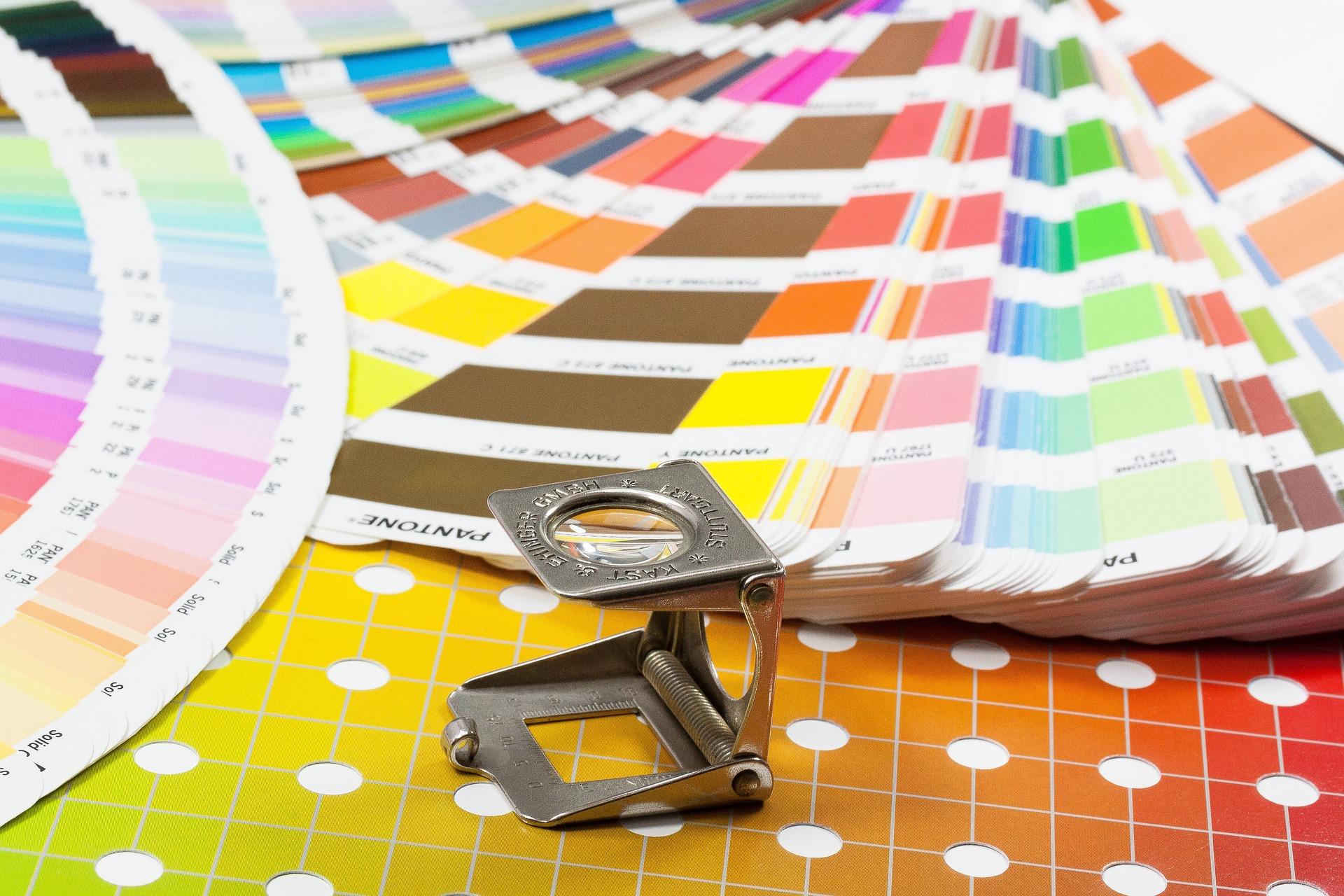Employers and Universities: Work with us?

Why study design and technology?
Do you love solving problems and being creative? Or maybe you’re a natural at thinking up great ideas?
If that’s the case, studying design and technology could be for you. The subject can open you up to a lot of career choices...
'Design and technology is a broad subject, leading to careers in software, fashion and design'
What is design and technology?
Design and technology is an area of study that focuses on planning, designing and creating things (called "products") which people use.
Think about your toaster (stay with us). Someone had to spend a great deal of time thinking about how to make it look good while also making it work. That's what design and technology is all about!
While studying this subject, you can learn how to design and make anything from electronics, clothes, furniture, food, and even computer programs.
The subject is sometimes split up into the following categories:
- Electronic products: Use electronic materials to build interesting devices.
- Food technology: Design recipes and create food products while learning about nutrition.
- Graphics: Learn how to use 2D and 3D modelling programs to plan and design products.
- Resistant materials technology: Work with materials like metals, plastic, wood, and use them to make interesting products.
- Textiles technology: Learn about different fabrics, how they are made, and ways you can use them to create products.
Teachers, bring design and technology careers into your classroom…
Our colourful guides and posters are a great way to make careers learning interactive while ticking off all eight Gatsby benchmarks!
- Gatsby Subject Guides – Explore how the skills and knowledge students develop in design and technology lead to real jobs – packed with case study interviews! All subjects available – buy individually or as a set. Browse in our shop now.
- Subject Posters – From the future of jobs in design and technology to top industries and key skills linked to your subject, choose the best careers poster to brighten up your classroom wall. All subjects available. Browse in our shop now.
What employability skills will I get?
Design and technology develops your technical and creative skills. By studying the subject, you’ll build up your:
- Creative thinking – you’ll come up with original ideas to develop unique products which add a new spin to existing designs.
- Initiative – from planning a new design to figuring out what materials to use, you’ll learn to make independent decisions.
- Lateral thinking – when a design challenge isn’t straightforward, you’ll think outside the box to find clever, unexpected solutions.
- Problem-solving – when an idea doesn’t work out how you hoped – whether it be a faulty circuit or a wonky design – you’ll tweak it and try again until it does.
- Project management – you’ll plan tasks, organise materials and manage your time to bring a complete design from idea to final product.
What subjects does design and technology go with?
Design and technology goes well with art, but also science and technology subjects, including physics, maths, chemistry and IT. When it comes to the sciences, having knowledge of how physical and chemical processes work can come in handy when designing different products. Including food!
The subject also supports the study of art, as sculpture and other disciplines require an understanding of how structures can be designed to support themselves.
What degrees do I need design and technology for?
If you want to study design and technology at university level, some courses require you to have completed the subject as part of your A-levels.
Although some university courses may not list design and technology as an entry requirement, it can still be very helpful for courses in architecture, engineering, information technology and computer science.
A GCSE or A-level in design and technology can also be useful for apprenticeships in carpentry, construction, food manufacture, fashion and textiles, interior manufacturing, and engineering technology.
What apprenticeships is design and technology useful for?
There are so many apprenticeship opportunities linked to design and technology, you could work in almost any industry! Here are five ideas to get you started:
- Carpentry and joinery – Create and install wooden structures and fittings, from staircases to bespoke furniture.
- Digital user experience (UX) professional – Design how people interact with apps and websites, making them easy and enjoyable to use.
- Embedded electronic systems design and development engineer – Design and develop electronic systems found in products like smartphones, cars and medical devices.
- Engineering design and draughtsperson – Create detailed technical drawings and plans that bring engineering ideas to life.
- Product design and development engineer – Use design and engineering skills to develop new products or improve existing ones.
What careers can design and technology lead to?
There are plenty! And we’re not kidding. Design and technology can set you up for a career in a wide variety of industries such as fashion, engineering, architecture, information technology, careers in hospitality, and even education.
Careers for people with design and technology qualifications include:
Top five Career Zones to explore:
